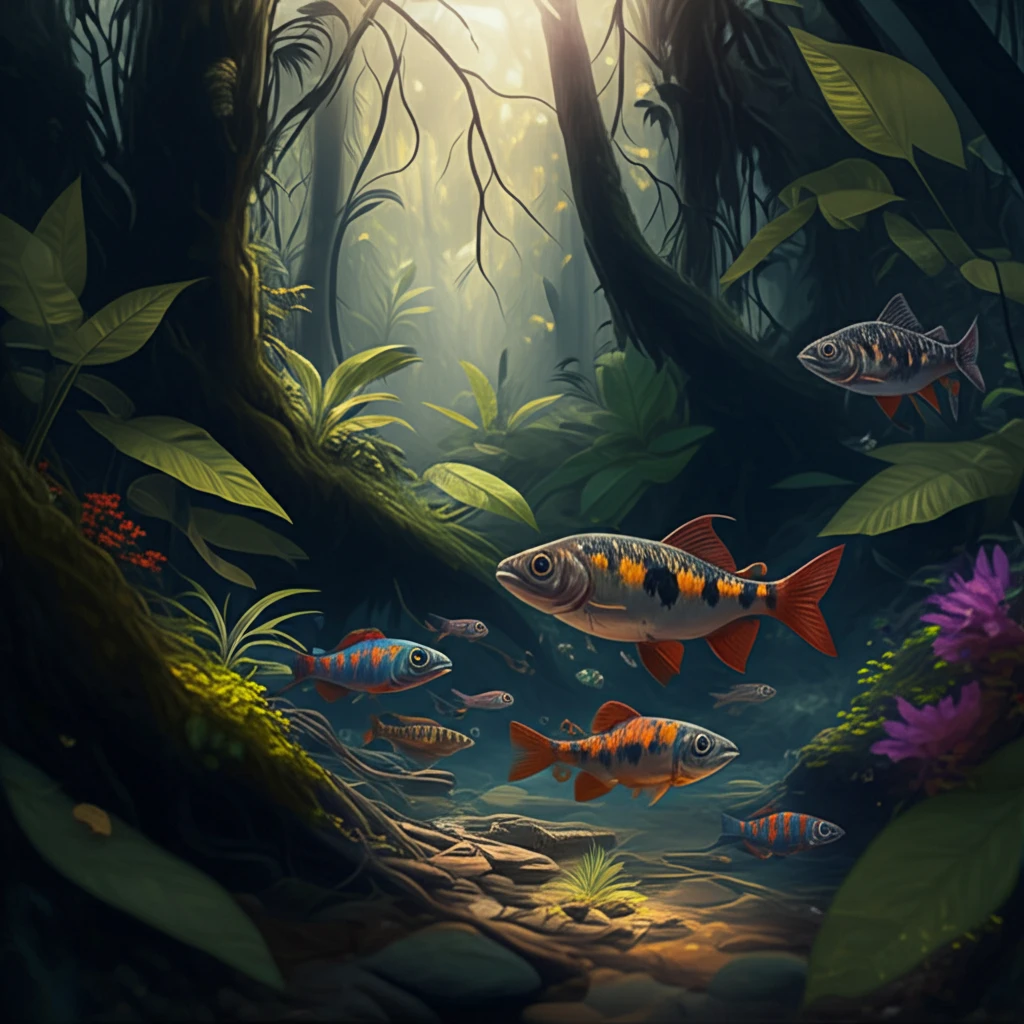
Unlocking the Secrets of Ecuador's Freshwater Fish: What Length-Weight Relationships Reveal
"Dive into the fascinating world of Ecuadorian fish and discover how understanding their growth patterns can help protect their future."
For years, scientists have been studying the length-weight relationships (LWR) of fish. It's a basic concept: how much does a fish weigh for a given length? While we know a lot about commercial marine species, there's a gap in our knowledge about freshwater fish. This is where a recent study on the fish of Ecuador's Chocó region steps in to fill that void.
Why does LWR matter? It helps us estimate a fish's body mass when we only know its length. This is super useful for managing and protecting fish populations. The data also provides insights into a fish's condition – whether it's thriving or struggling. By using standardized methods, researchers can compare fish growth across different areas and times.
A team of researchers focused on the LWR of several freshwater fish species in two small watercourses in Northwestern Ecuador. The study looked at four regional endemic species (Eretmobrycon ecuadorensis, Rhoadsia altipinna, Pseudopoecilia fria, Andinoacara blombergi), two euryhaline species (Gobiomorus maculatus, Dajaus monticola), and one introduced species (Poecilia gillii).
How the Research Unfolded: Methods and Discoveries

The research team selected the Atacames and Súa watersheds as their study sites. These streams were sampled every two months between August 2016 and July 2017. They used two different fishing methods to collect specimens: a seine net (46 × 21.20 m, 3 mm mesh size) and a casting net (2.10 m radius, 10 mm mesh size).
- Seine net: 46 × 21.20 m, 3 mm mesh size
- Casting net: 2.10 m radius, 10 mm mesh size
Why This Research Matters: Implications for Conservation
This study provides valuable baseline data for understanding the growth patterns of several fish species in Ecuador's Chocó region. The LWR information, combined with other biological and environmental data, can help local communities and fisheries managers make informed decisions about conservation efforts. By understanding how these fish grow and thrive, we can better protect them and their habitats for future generations.
